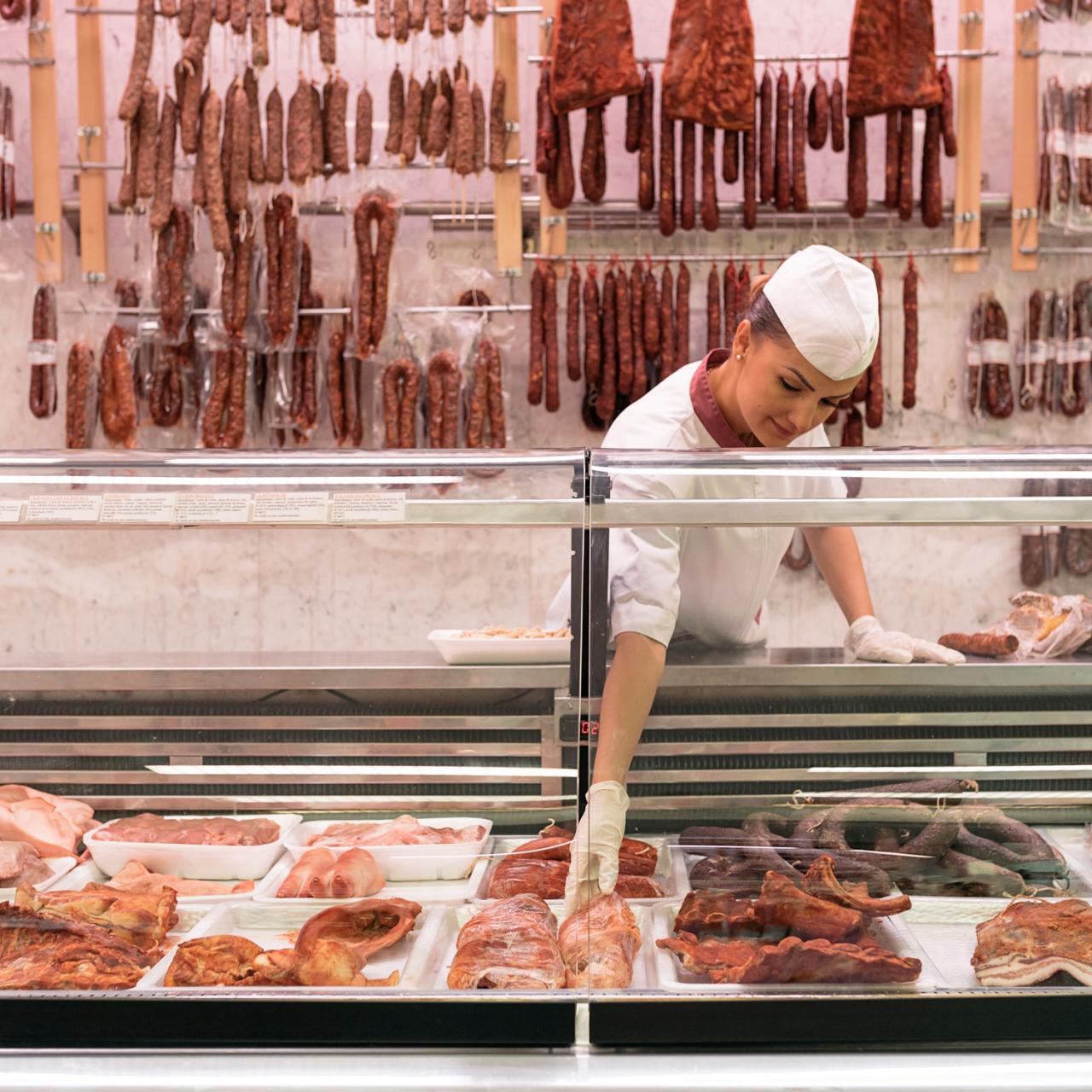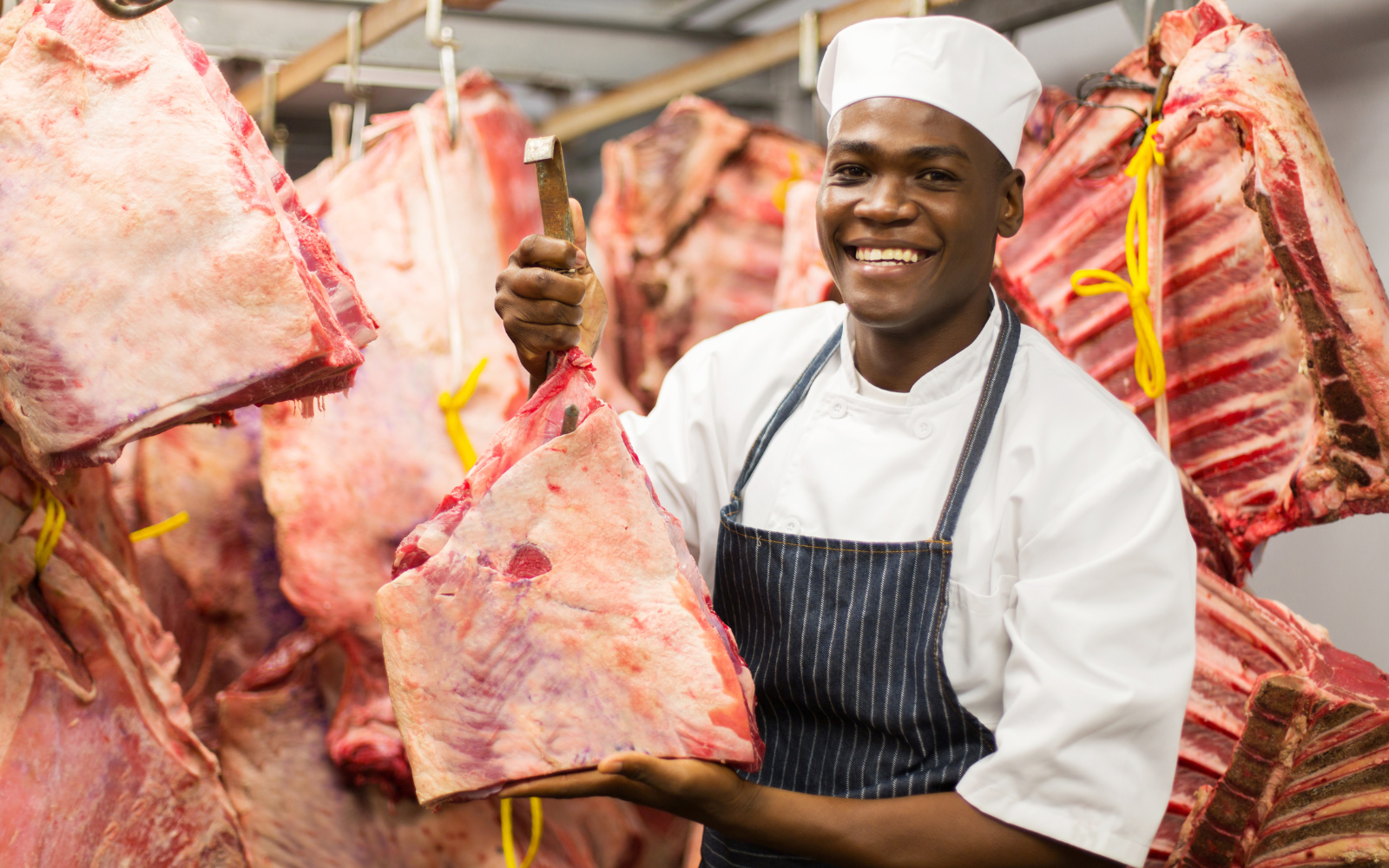Indulge in Quality at Bagley Farms Meat Market: Your Prime Option for Fresh Meats
Indulge in Quality at Bagley Farms Meat Market: Your Prime Option for Fresh Meats
Blog Article
From Farm to Table: Embracing the Practice of Meat Markets and Butcheries
In a period controlled by comfort and mass production, there exists a silent transformation taking location in the cooking globe - a return to the origins of food sourcing via the custom of meat markets and butcheries. These facilities, often overlooked in the shadow of supermarkets, are experiencing a revival as critical consumers look for quality, traceability, and a connection to the beginnings of their food.
The Renewal of Meat Markets
The resurgence of meat markets across various areas shows a shift in the direction of a restored appreciation for in your area sourced, high quality meats. Over the last few years, customers have come to be much more aware of the origins of their food, bring about an expanding demand for openness and sustainability in the meat industry. This fad has actually paved the method for the revival of conventional meat markets and butcheries, where clients can straight interact with experienced butchers and resource their meat from close-by farms.
One of the essential driving factors behind this renewal is the desire for better and fresher items. By buying meat from neighborhood markets, customers can make certain that they are getting fresh cuts that have actually not taken a trip cross countries or been sitting in storage space for extended durations. Furthermore, supporting regional meat markets helps boost the regional economy and advertises community connections.
Moreover, the resurgence of meat markets aligns with the wider motion towards sustaining small farmers and sustainable farming techniques. By picking to purchase from these establishments, customers are not only improving quality meat but also contributing to a more moral and environmentally pleasant food system.
Craftsmanship in Butcheries
With the rebirth of meat markets stressing high quality and sustainability, the focus changes in the direction of identifying the detailed workmanship displayed in modern-day butcheries. Workmanship in butcheries exceeds simply reducing meat; it personifies an ingrained custom of experience and accuracy in managing various cuts of meat - Bagley Farms Meat Market. Butchers, often educated for several years, possess a wide range of knowledge on the makeup of animals, blade skills, and the art of damaging down carcasses effectively
In contemporary butcheries, craftsmanship appears in the way butchers carefully resource their meat, ensuring high criteria of high quality and ethical practices. They take satisfaction in recognizing the provenance of the meat they sell, working very closely with regional farmers and vendors to provide consumers full transparency and traceability.
/cdn.vox-cdn.com/uploads/chorus_image/image/72006673/IMG_1358.0.jpeg)
Locally Sourced Meat High Quality
Amid the growing interest in sustainable practices, a focus on locally sourced meat top quality has actually ended up being read increasingly famous in the meat market industry. Customers are increasingly looking for transparency in the sourcing and production of their meat, causing a rise popular for locally increased and processed meats.
Locally sourced meat provides many advantages, consisting of fresher products, assistance for regional farmers, and decreased ecological effect because of reduced transportation ranges. By purchasing meat from close-by ranches and butcheries, consumers can have more self-confidence in the top quality and safety of the products they are getting.
Additionally, locally sourced meat frequently originates from pets that have been increased in much more humane conditions, with a concentrate on pet welfare and sustainable farming practices. This moral approach to meat manufacturing resonates with many consumers who are worried regarding the beginnings of their food and its effect on the environment.
Farm-to-Table Buying Experience
In the world of in your area sourced meat top quality, the farm-to-table buying experience provides customers a straight link to the beginnings of their food. This one-of-a-kind buying experience enables consumers to map the trip of their meat, from the ranch where the pets were increased to the table where it will be appreciated. By taking part in farm-to-table buying, individuals can obtain a deeper understanding of the farming methods, animal well-being requirements, and sustainability efforts included in creating their meat.

Tradition Satisfies Modern Culture


The merging of standard meat markets and butcheries with contemporary culture presents an one-of-a-kind possibility for the conservation of artisanal techniques in a modern context. While contemporary developments have actually changed various sectors, the essence of typical meat markets and butcheries remains deeply rooted in history and workmanship. This blend of tradition and modernity permits the continuation of classic methods while adapting to the requirements and preferences of today's customers.
In today's busy globe, where comfort frequently overtakes quality, there is an expanding recognition for the heritage and authenticity that traditional meat markets and butcheries use. Consumers are progressively seeking transparency in the sourcing and production of their food, leading them back to the tailored solution and expertise found in these establishments. Additionally, the focus on sustainability and ethical practices lines up with the worths promoted by lots of conventional meat markets and butcheries, fostering a sense of area and obligation in the direction of the environment.
As culture continues to advance, the coalescence of custom and modernity in meat markets and butcheries not only guarantees the preservation of artisanal practices however additionally enriches the cooking landscape with a blend of heritage and innovation.
Final Thought
In final thought, the practice of meat markets and butcheries is experiencing a renewal in modern culture. These facilities use locally sourced meat of high quality, giving a farm-to-table buying experience for consumers.
In an age controlled by convenience and mass production, there exists a peaceful change taking location in the cooking globe - a return to the roots of food sourcing with the practice of meat markets and butcheries.The revival of meat markets across different communities suggests a shift in the direction of a restored appreciation for in your area sourced, quality meats.With the renewal of meat markets emphasizing top quality and sustainability, the emphasis shifts in the direction of recognizing the complex workmanship displayed in modern-day butcheries. Workmanship in butcheries goes beyond simply cutting meat; it embodies an ingrained tradition of experience and accuracy in managing various cuts of meat.In today's hectic find out here now world, where comfort often defeats high quality, there is an expanding gratitude for the heritage and credibility that conventional meat markets and butcheries provide.
Report this page